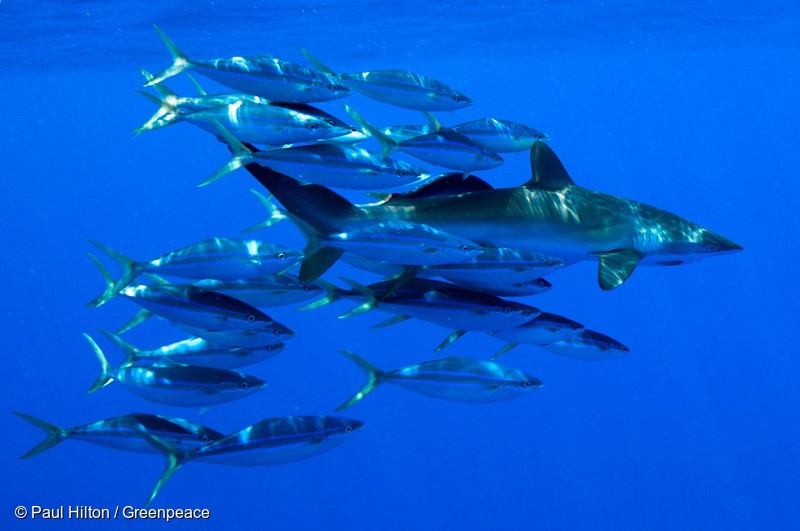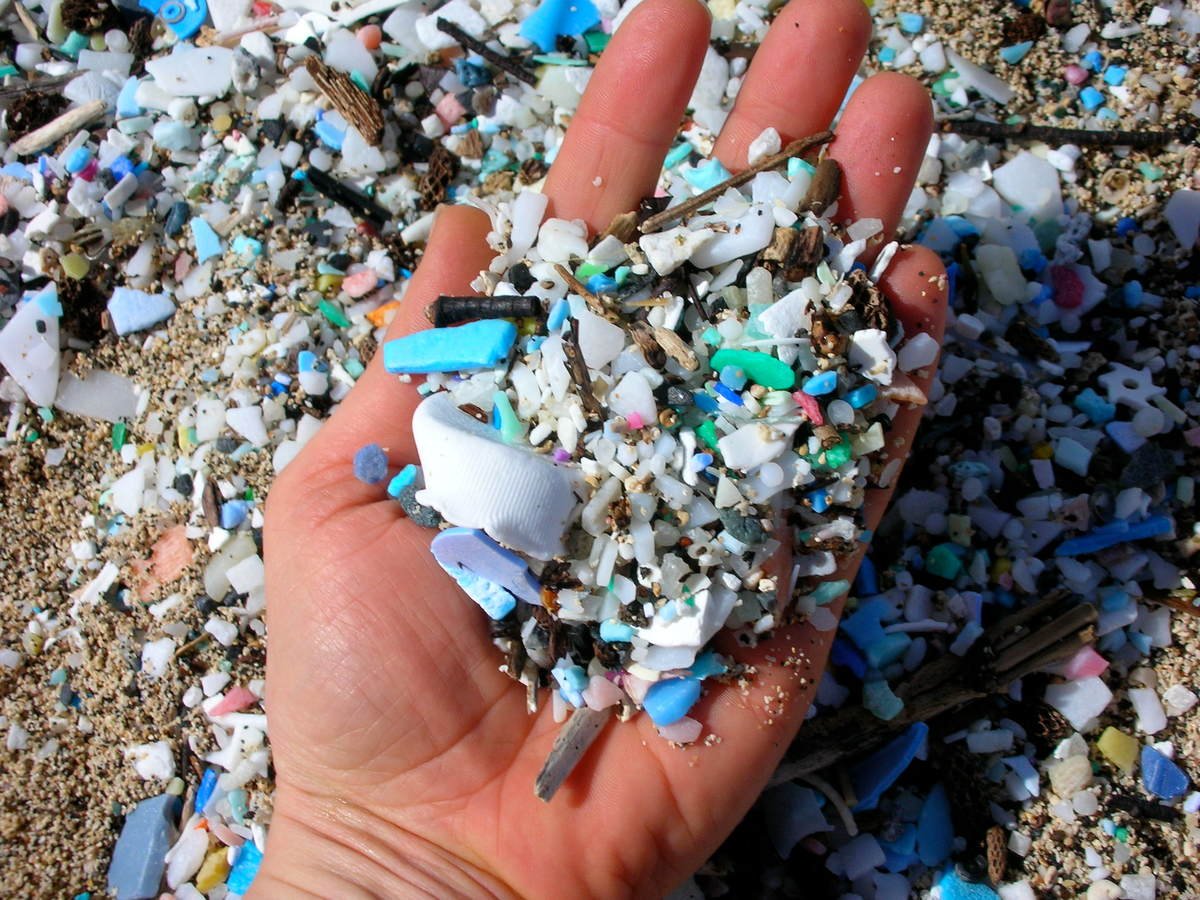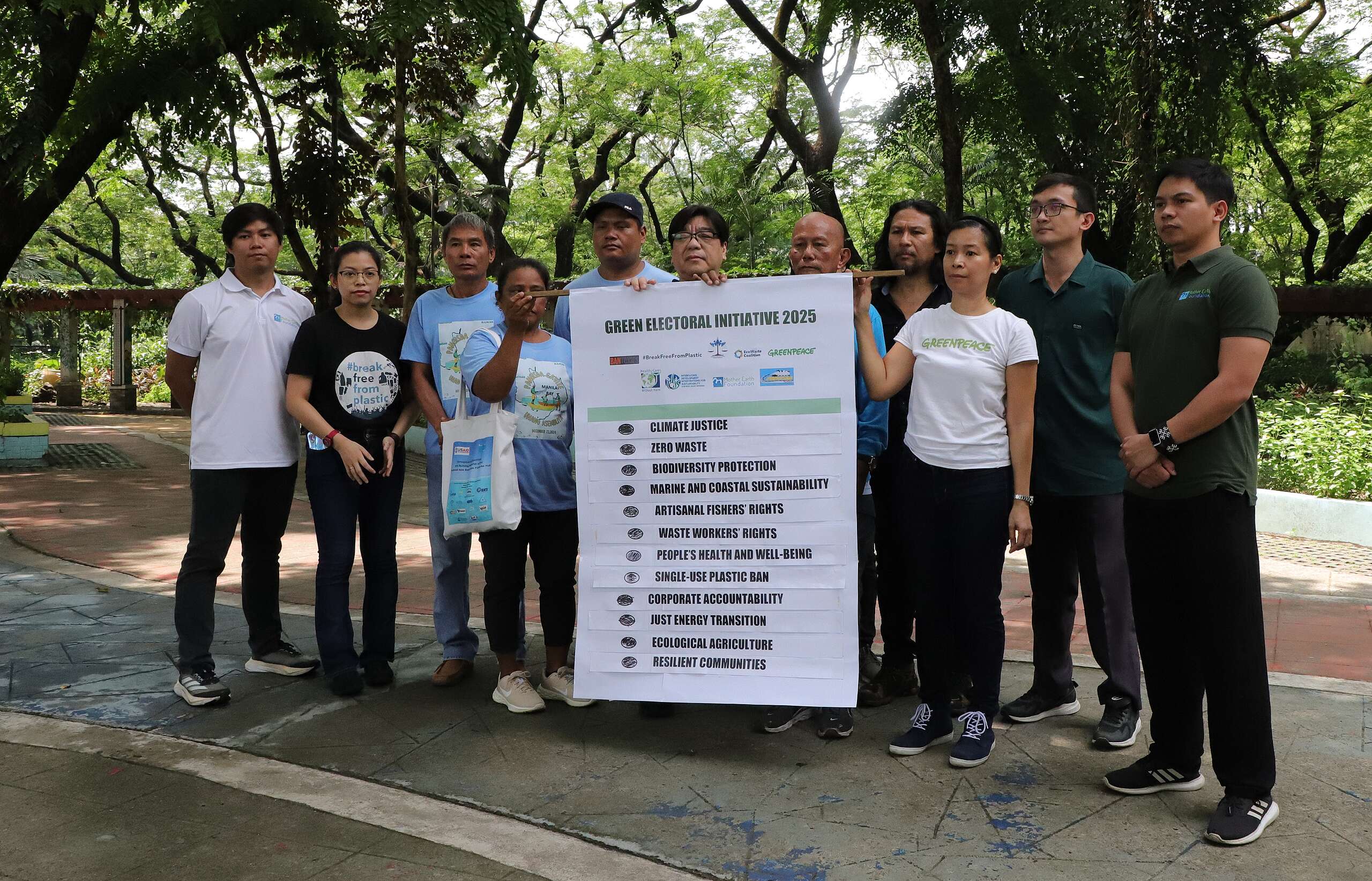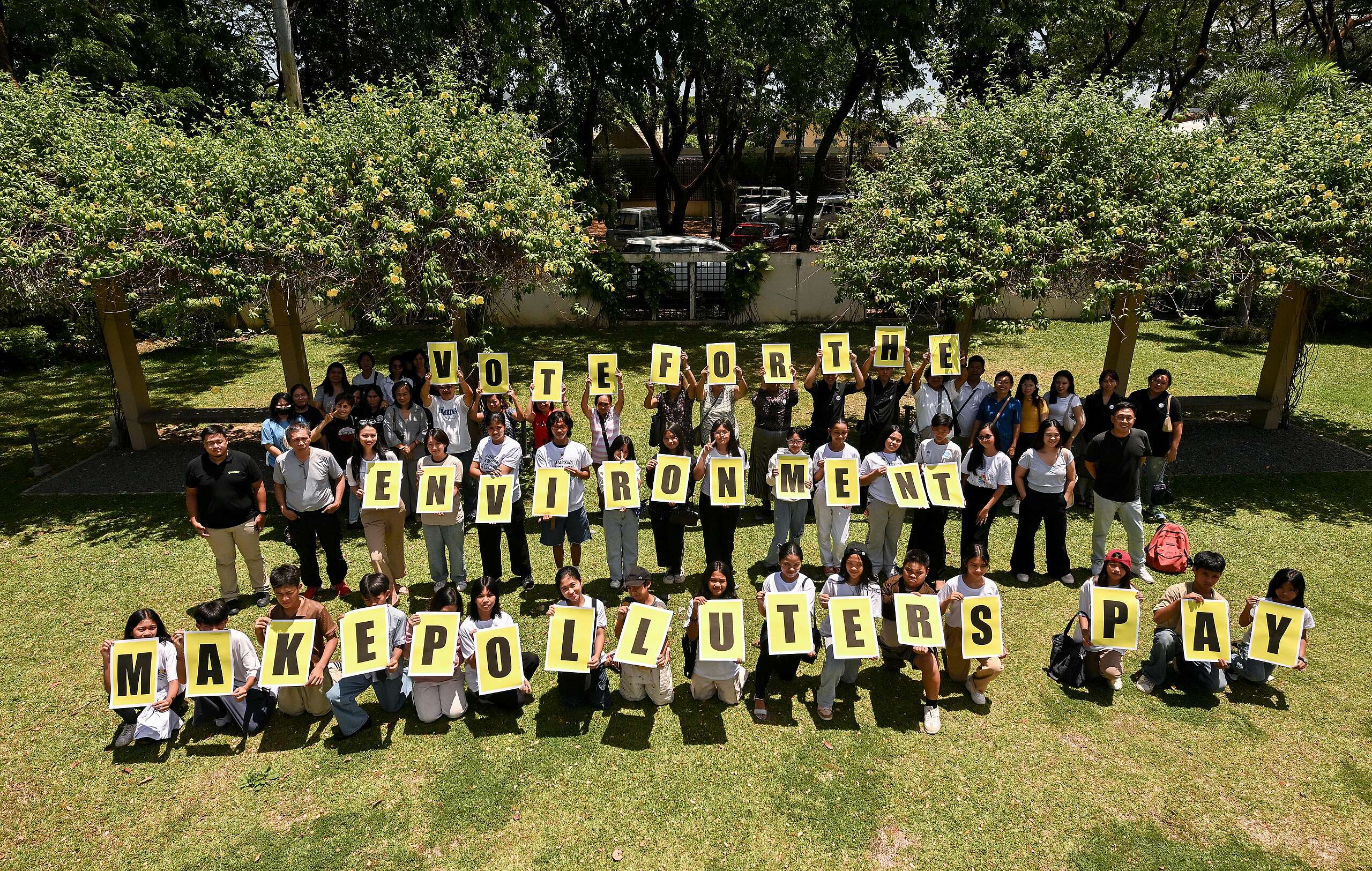
The updated and revised Comprehensive National Fisheries Industry Development Plan (CNFIDP) launched yesterday is an effective planning tool to guide the BFAR in developing policy and program interventions for the next 5 years within the context of having a revolutionary fisheries law. However, we deemed it important for the Bureau of Fisheries to formulate and implement rebuilding and recovery plans based on science, to ensure that our fish will continue to swim our waters abundantly – addressing food security, poverty, resource sustainability, and governance.
Below are some of the recommendations that civil society organizations formulated, to make sure that the CNFIDP will be able to respond to implementation challenges.



